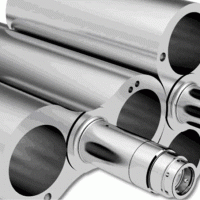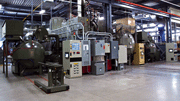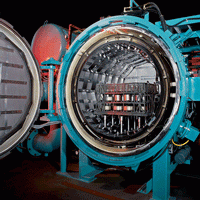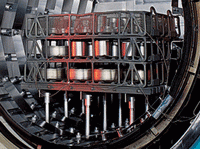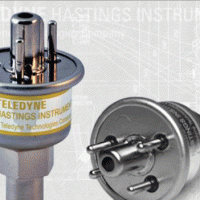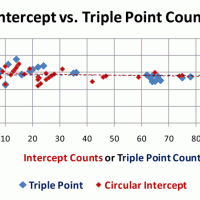 Over the past forty-plus years, steelmakers have introduced improved practices for reducing the inclusion content of steels. The success of these practice changes can be monitored in a variety of ways. Chemical analysis of the bulk sulfur and oxygen contents provides a relatively simple means to assess the impact of these changes. However, microscopical test methods are still needed to assess the nature of the inclusions present.
Over the past forty-plus years, steelmakers have introduced improved practices for reducing the inclusion content of steels. The success of these practice changes can be monitored in a variety of ways. Chemical analysis of the bulk sulfur and oxygen contents provides a relatively simple means to assess the impact of these changes. However, microscopical test methods are still needed to assess the nature of the inclusions present.
Traditional chart-based measurement methods have wide acceptability, and their data are well understood by both purchaser and producer for heat acceptance purposes. These methods do have inherent weaknesses which limit their usefulness for quality control, SPC, and database applications. Image analysis-based chart measurements are an improvement over manually generated chart ratings, but the data still does not lend itself to databases and statistical comparisons. ASTM Committee E-4 on Metallography has developed a stereologically-based image analysis standard test method, E 1245, which provides the necessary data in a form which is easily databased and analyzed statistically. The presentation will describe E 1245 and show how data from different heats and melting practices can be compared statistically to ascertain valid test differences.

